A Chief Security Concern for Executive Teams
Krebs on Security
DECEMBER 18, 2018
KrebsOnSecurity reviewed the Web sites for the global top 100 companies by market value, and found just five percent of top 100 firms listed a chief information security officer (CISO) or chief security officer (CSO). Not that these roles are somehow more or less important than that of a CISO/CSO within the organization.




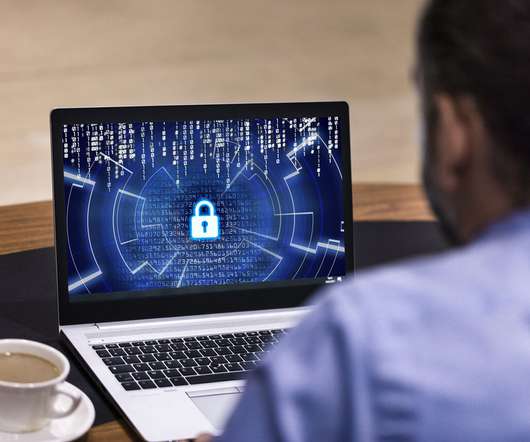






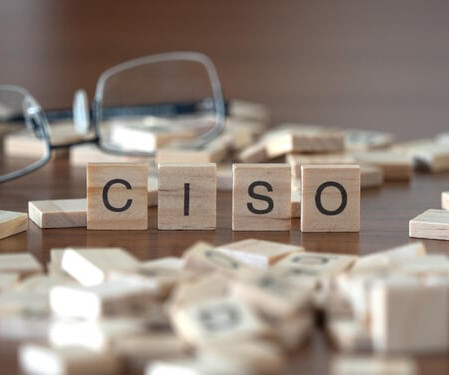


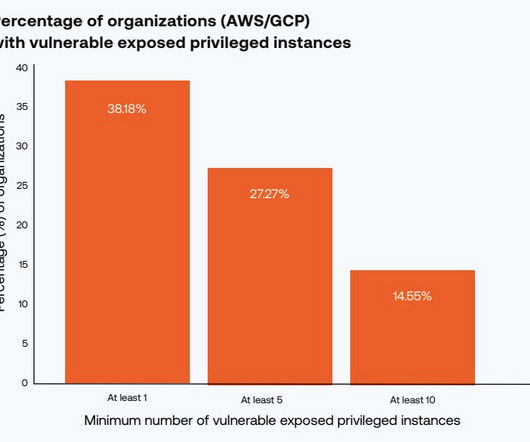
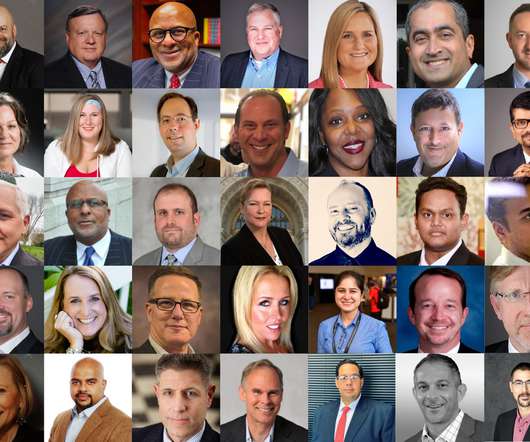


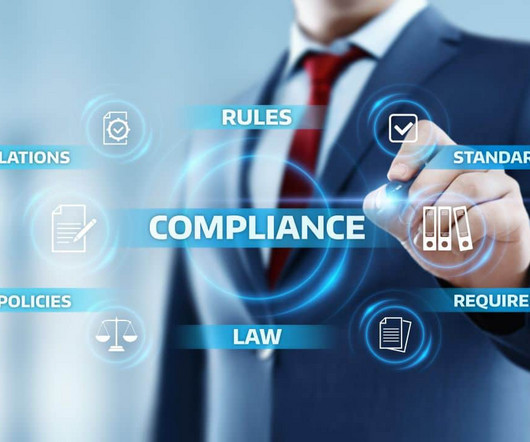







Let's personalize your content